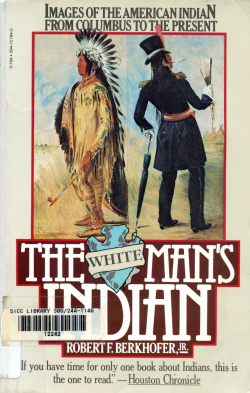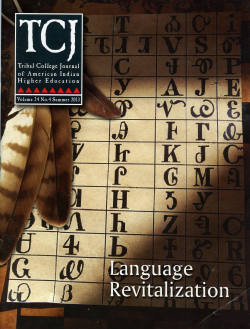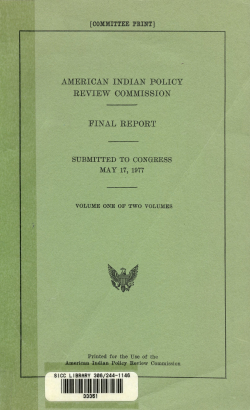The American Indian : from colonial times to the present (The documentary history series)

Type
Book
Authors
Michael Gibson ( Gibson, Michael )
Category
General Library Collection
[ Browse Items ]
Publication Year
1974
Publisher
Pages
128
Subject
Indigenous peoples -- North America
Abstract
""Before the coming of white men, we always had plenty; our children never cried from hunger, neither were our people in want," said Chief Black Hawk of the Sauk and Fox Indians. His words sum up the Indians' attitude towards the European invaders who grabbed the tribes' lands, plundered their villages and drove them further and further west.
Michael Gibson describes the first disastrous contact of two hostile cultures when white men stepped ashore in the New World, almost five hundred years ago. A study of the life and customs of the Plains Indians is followed by the story of the Indians' experiences in the American West — between 1860 and 1890 they were decimated during the brutal Indian Wars.
The Great Sioux Wars, which raged in the 1870s, culminated in "Custer's Last Stand" at the Battle of Little Bighorn. At the same time, the tribes of the Nez Perce and Utes were fighting for their homeland and very existence in the Rocky Mountains. They were cut to pieces, while the great Apache chief Geronimo led his people on a bloody but fruitless struggle against the U.S. cavalry.
But the story of the American Indians does not end with their last crushing defeat at Wounded Knee in 1890. The author takes the story up to present day, and explains how Wounded Knee 1973, came about. Throughout the book, he presents the facts fairly and impartially by drawing on both Indian and contemporary white sources. This is neither an "Indian's history" nor a "white man's version." It is an attempt to show how this appalling episode in American history could have ever taken place. The personalities of the Indian chiefs and the bleak and rocky landscapes against which much of this story was acted out have been brought to life by a wealth of contemporary photographs and lithographs."--Book jacket.
Michael Gibson describes the first disastrous contact of two hostile cultures when white men stepped ashore in the New World, almost five hundred years ago. A study of the life and customs of the Plains Indians is followed by the story of the Indians' experiences in the American West — between 1860 and 1890 they were decimated during the brutal Indian Wars.
The Great Sioux Wars, which raged in the 1870s, culminated in "Custer's Last Stand" at the Battle of Little Bighorn. At the same time, the tribes of the Nez Perce and Utes were fighting for their homeland and very existence in the Rocky Mountains. They were cut to pieces, while the great Apache chief Geronimo led his people on a bloody but fruitless struggle against the U.S. cavalry.
But the story of the American Indians does not end with their last crushing defeat at Wounded Knee in 1890. The author takes the story up to present day, and explains how Wounded Knee 1973, came about. Throughout the book, he presents the facts fairly and impartially by drawing on both Indian and contemporary white sources. This is neither an "Indian's history" nor a "white man's version." It is an attempt to show how this appalling episode in American history could have ever taken place. The personalities of the Indian chiefs and the bleak and rocky landscapes against which much of this story was acted out have been brought to life by a wealth of contemporary photographs and lithographs."--Book jacket.
Description
128 pages : illustrations, maps ; 23 cm.
Biblio Notes
Includes index.
Number of Copies
1
| Library | Accession No | Call No | Copy No | Edition | Location | Availability |
|---|---|---|---|---|---|---|
| Main | 30965 | E77.G45 | 1 | Yes |




